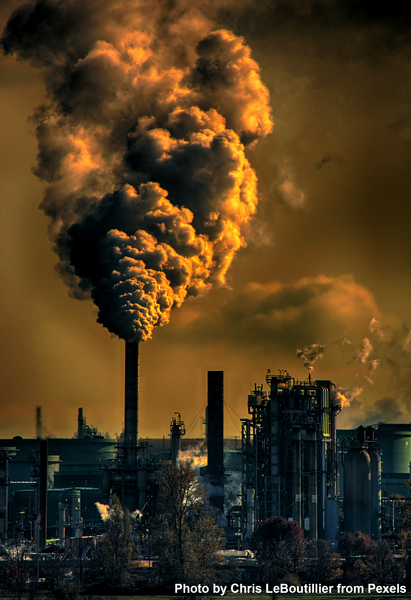How has California’s Shelter-in-Place Order due to COVID-19 and the Resulting Reduction in Human Activity Affected Air and Water Quality?
(1) Urban School of San Francisco, San Francisco, CA, (2) Unaffiliated Scientist
https://doi.org/10.59720/20-160
As the world continues to battle the novel coronavirus or COVID-19, many states in the USA have restricted outdoor human activity, intending to reduce the number of viral infections. In turn, the number of cars on the streets and factories in operation has decreased. This unique time for the world has created an opportunity to study the impacts of reduced human activity. We collected water and air quality data through field data collection and remote data sites to test how the change in human activity affected the concentration of pollutants in water and air. Throughout California, we studied three test sites in June and July from 2015 to 2020 to compare the collected field or monitored water and air quality data over the past five years. We hypothesized that with the reduction of human activity, and therefore car emissions, the air and water pollutants in all three test locations would decrease for June/July 2020 compared to the last five years. In our study, the air quality improved from 2015 to 2020 in terms of the oxides of nitrogen (NOx) and ozone (O3), especially at Lake Tahoe’s Placer County. However, the water quality remained relatively constant for the test sites over the course of the study, while it significantly improved Sonoma County’s Russian River. Overall, the air pollution in California for June and July somewhat decreased from 2015 to 2020, while the water quality remained fairly constant in June and July during California’s shelter-in-place order.
This article has been tagged with: